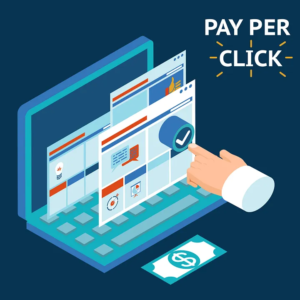White label website development has emerged as a popular solution for businesses looking to expand their service offerings without investing heavily in infrastructure or technical resources. This approach allows companies to leverage existing frameworks and expertise of third-party providers to deliver branded websites to their clients.
Understanding White Label Solutions
What is White Labeling?
White labeling refers to a business arrangement where a company purchases a product or service from another company and sells it under its own brand name. In the context of website development, white label solutions enable agencies to offer fully functional websites without the need to build them from scratch.
Benefits of White Labeling
The primary benefits of white label website development services include cost savings, faster time-to-market, and the ability to scale operations without internal expansion. It allows agencies to focus on client relationships and business growth while outsourcing technical aspects to specialized providers.
Why Choose White Label Website Development?
Cost-Effectiveness
By opting for white label solutions, agencies can significantly reduce development costs associated with hiring in-house developers and designers. This cost efficiency translates into competitive pricing for clients, making services more accessible and attractive.
Time Efficiency
White label development streamlines the website creation process, eliminating the need for extensive planning and development phases. Agencies can launch projects faster, meeting tight deadlines and enhancing client satisfaction with timely deliveries.
Scalability
Scalability is another advantage, as white label providers offer flexible solutions that can accommodate varying client demands and project sizes. Whether it’s a simple business website or a complex e-commerce platform, agencies can scale their offerings effortlessly.
Key Features of a White Label Website
Customizability
White label websites are highly customizable, allowing agencies to tailor designs and functionalities to meet specific client requirements. From branding elements to user interface preferences, customization options ensure that each website aligns with the client’s brand identity.
Branding Options
Agencies can seamlessly integrate their branding elements into white label websites, maintaining brand consistency across all client projects. This branding flexibility enhances brand recognition and reinforces the agency’s professional image in the market.
Integration Capabilities
White label solutions support integration with various third-party tools and services, enhancing website functionality and user experience. Whether it’s integrating payment gateways, CRM systems, or analytics tools, agencies can extend the capabilities of client websites efficiently.
Steps Involved in White Label Website Development
Market Research
Before initiating a project, conducting thorough market research helps agencies understand client preferences, industry trends, and competitor strategies. This insight guides decision-making and ensures that the website meets market expectations.
Choosing the Right Platform
Selecting a suitable platform is crucial for white label development. Whether it’s WordPress, Shopify, or a custom CMS, choosing the right platform based on project requirements and scalability needs lays the foundation for a successful website.
Design and Development
Designing the website involves creating mockups, wireframes, and prototypes that align with the client’s vision and brand guidelines. Development focuses on coding, functionality implementation, and ensuring responsive design across devices.
Testing and Quality Assurance
Thorough testing is essential to identify and resolve bugs, errors, and usability issues before the website goes live. Quality assurance ensures that the website functions seamlessly, providing users with a smooth and intuitive browsing experience.
Common Challenges in White Label Website Development
Quality Control Issues
Maintaining consistent quality across multiple projects can be challenging, especially when working with different development teams or third-party providers. Establishing stringent quality control measures mitigates risks and ensures deliverables meet predefined standards.
Communication with Clients
Effective communication is crucial throughout the development process to align expectations, address concerns promptly, and obtain timely feedback. Clear communication channels facilitate transparency and build trust between the agency and its clients.
Managing Multiple Projects
Agencies handling numerous white label projects simultaneously must prioritize tasks, allocate resources efficiently, and maintain project timelines. Implementing robust project management practices helps streamline workflows and optimize project delivery.
Best Practices for Implementing White Label Solutions
Clear Communication Channels
Establishing open lines of communication with clients fosters collaboration, encourages feedback, and ensures project milestones are met. Regular updates and progress reports keep clients informed and engaged throughout the development cycle.
Streamlined Project Management
Adopting agile methodologies and project management tools enhances team collaboration, facilitates task prioritization, and improves project visibility. Efficient project management minimizes delays, enhances productivity, and drives project success.
Regular Updates and Support
Offering ongoing maintenance and support post-launch ensures website performance remains optimal and addresses any issues promptly. Proactive support enhances client satisfaction and strengthens long-term relationships with clients.













